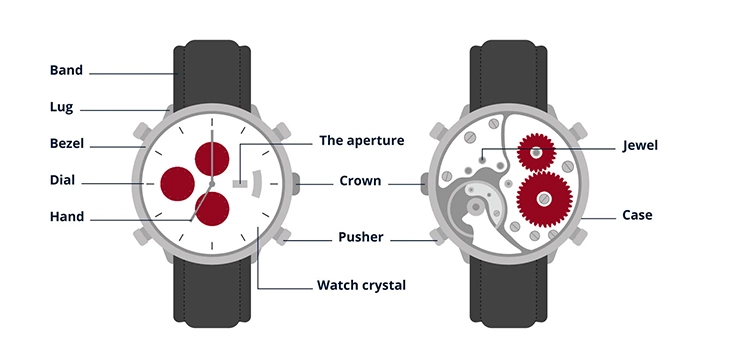Decoding the Anatomy of Timepieces
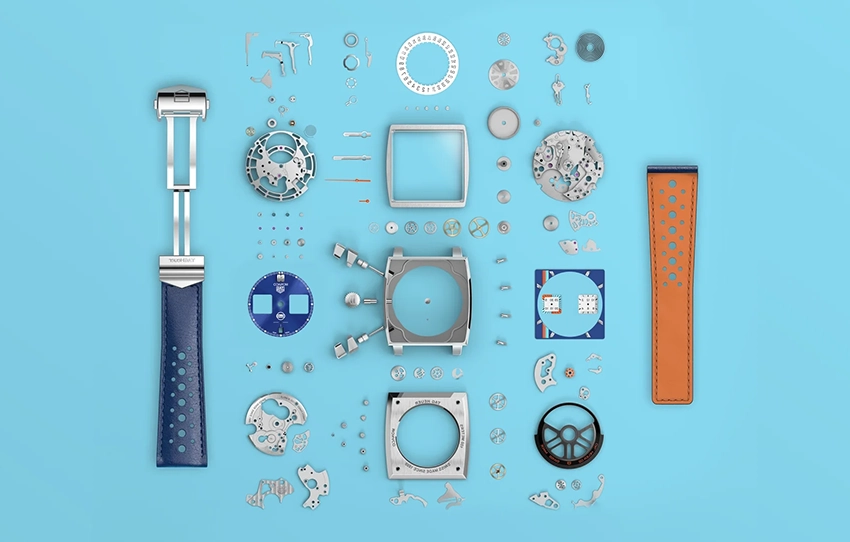
Understanding the anatomy of watches involves various parts and elements that contribute to both the functionality and aesthetic appeal of the timepieces. Each of these elements serves a specific purpose and contributes to the overall design and performance of the watch. The Fashiongton Post will shed some light on this and help you to get an idea what do those intricate pieces of craftsmanship usually consist of!
1. The Case
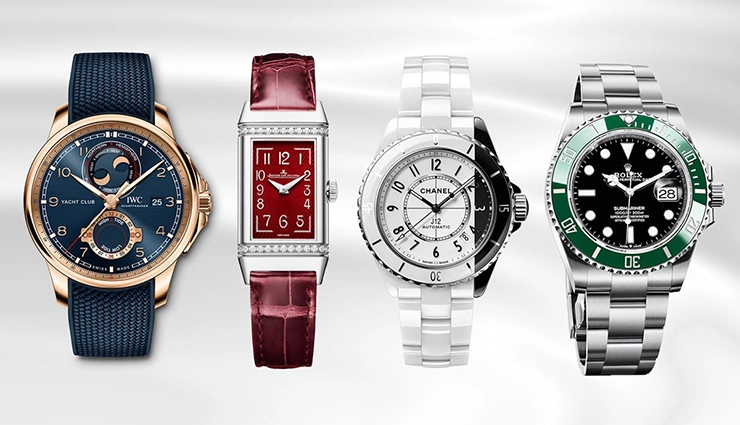
Lugs: Lugs are the extensions on either side of the watch case that connect it to the strap or bracelet. Beyond their functional role in securing the strap, lugs contribute significantly to the overall design and wearability of the watch. From sleek and integrated to bold and angular, lugs are a subtle yet crucial element in defining a watch’s aesthetic.
Bezel: Encircling the dial, the bezel is a distinctive component that adds both style and functionality. While contributing to the overall design, bezels can serve practical purposes, such as tracking elapsed time or facilitating adjustments. The design of the bezel, whether smooth, engraved, or rotating, adds a unique character to the watch.
2. The Dial
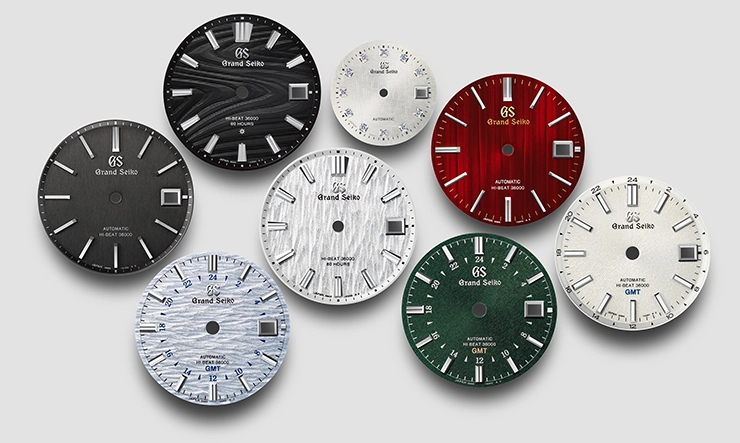
The dial serves as the face of the watch, where time is displayed in a harmonious marriage of function and design. Here, elements like hour markers, hands, and the Crystal. Acting as a protective layer for the dial, the crystal is a transparent cover typically made of materials like sapphire or mineral glass. Not only does it shield the watch from scratches and impacts, but it also allows for a clear view of the intricate details within. The choice of crystal material can impact the watch’s durability and overall aesthetic.
3. The Movement

The movement, or caliber, is the engine that breathes life into a watch. There are two main types: quartz and mechanical. Quartz movements rely on a battery for power, offering precision and low maintenance. On the other hand, mechanical movements are a testament to traditional craftsmanship, powered by a series of intricate gears and springs. Enthusiasts often appreciate the mesmerizing dance of gears visible through transparent case backs.
4. The Strap (Band)
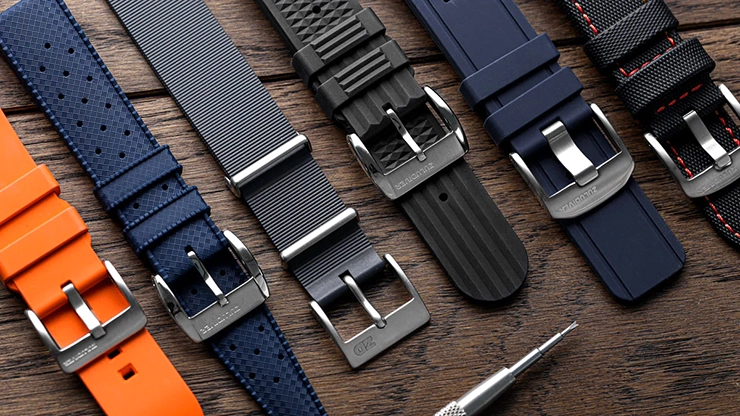
Wristwatches are adorned with straps, ranging from classic leather and metal to contemporary rubber and fabric. The choice of strap can significantly impact the overall aesthetic of the watch, allowing the wearer to tailor their timepiece to suit any occasion. A metal bracelet exudes elegance, while a leather strap may convey sophistication. The strap is a subtle yet powerful statement of personal style.
5. The Crown and the Pusher
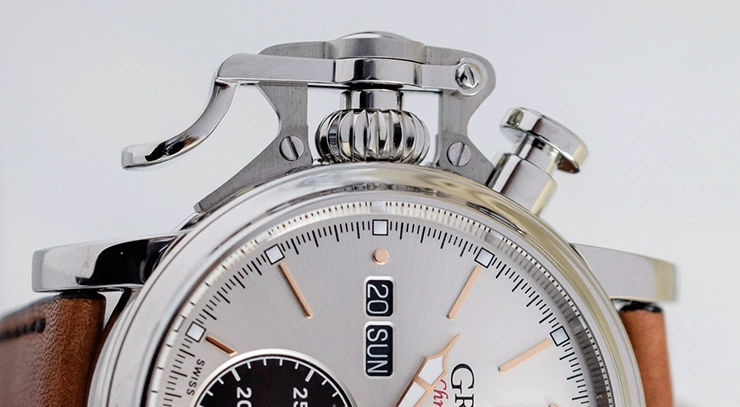
The crown, often located on the side of the case, serves as the control center for setting the time and adjusting other functions. While small in size, the design of the crown can make a significant impact on the overall aesthetics of the watch. Some crowns are simple and understated, while others feature intricate detailing, enhancing the watch’s regal charm. In addition to the crown, the watch can also have Pushers, which are buttons often found on the side of the case that control various functions beyond time-setting. These can include starting and stopping chronographs, adjusting date complications, or activating other features. The design and placement of pushers vary, adding a tactile and engaging aspect to the watch-wearing experience.
